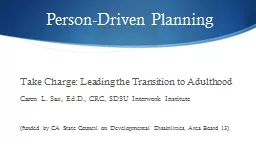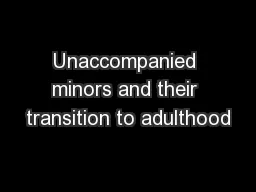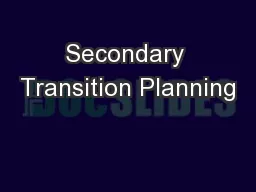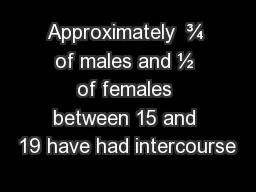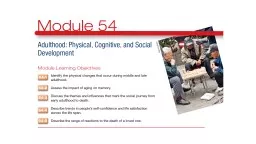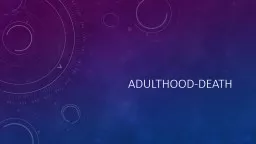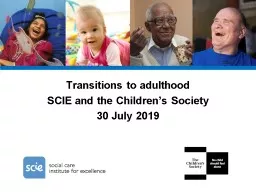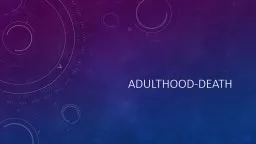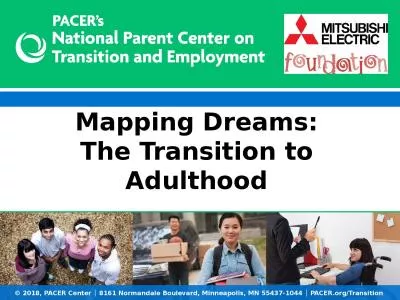PPT-Person-Driven Planning Take Charge: Leading the Transition to Adulthood
Author : debby-jeon | Published Date : 2019-06-23
Caren L Sax EdD CRC SDSU Interwork Institute funded by CA State Council on Developmental Disabilities Area Board 13 Top 10 Responses to Do you do Person Centered
Presentation Embed Code
Download Presentation
Download Presentation The PPT/PDF document "Person-Driven Planning Take Charge: Lead..." is the property of its rightful owner. Permission is granted to download and print the materials on this website for personal, non-commercial use only, and to display it on your personal computer provided you do not modify the materials and that you retain all copyright notices contained in the materials. By downloading content from our website, you accept the terms of this agreement.
Person-Driven Planning Take Charge: Leading the Transition to Adulthood: Transcript
Download Rules Of Document
"Person-Driven Planning Take Charge: Leading the Transition to Adulthood"The content belongs to its owner. You may download and print it for personal use, without modification, and keep all copyright notices. By downloading, you agree to these terms.
Related Documents

